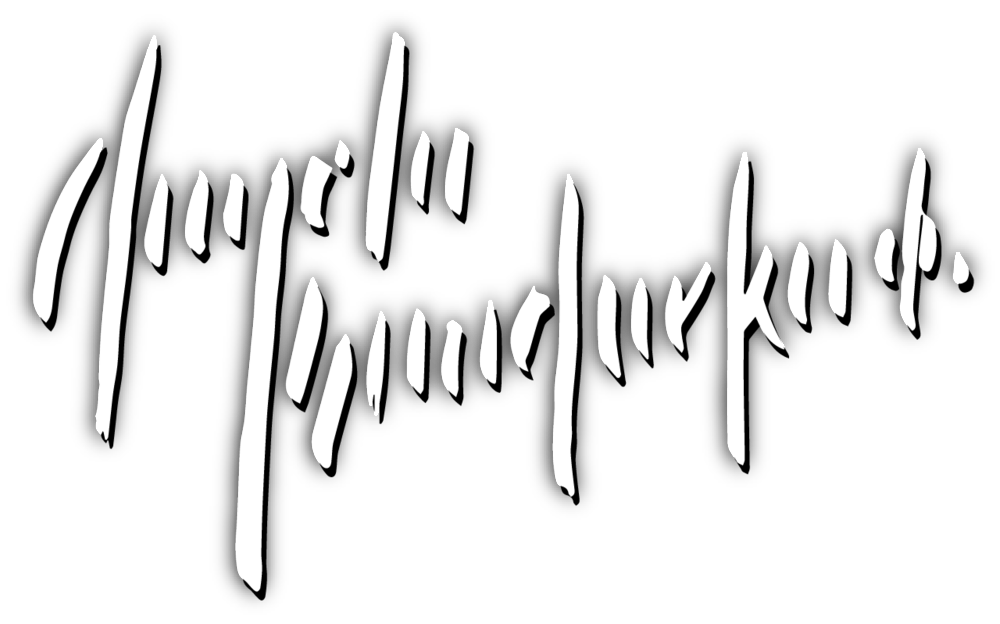What are values and why would you care about them? Well, in brief, values are how dark or how light a hue is. Black would be the darkest value, White would be the lightest - and there are many values in between.
Want to see more examples of how optical illusions work? Click this image or tap this text link to check out an article in mentalfloss.com. It really will help you “see” how we have to check our work to help get around those little illusions that can happen.
For hyper realists, there may be tens or even hundreds of values in a painting. For some cartoonists, there may be only one value of each colour in a piece. For the rest of us, having a rich range of three to ten values for each colour will suffice. For example, a block of wood may have a dark shadow, a midtone brown, and a light highlight. There most likely will be more values in there (reflected light from the table and such), but if you make at least those three values of brown, you’ll be on your way.
Your brain isn’t
always your friend!
It’s amazing how difficult it can be to figure out exactly what value your colours may be in a painting. Part of that is our biology - our brains are these amazing supercomputers that sometimes make assumptions (our brain never is living up to its full potential, as anyone who’s watched “Limitless” can tell you).
Supplies used here: Bee Deluxe Sketchbook, Pen, Grayscale and Value Finder by The Color Wheel Company, Grafix Clear Acetate Sheet (0.003” thickness).
As you can see in the video taken during one of my workshops back in 2018, above, most of us assume that the two grays (one in shadow and one in light) are different values because your brain makes assumptions about items in shadow versus items in light. The best way to find out what value you need your colour to be is to isolate it. You can do this with a piece of paper and a hole cut out of it, or by using a Gray Scale & Value Finder.
Click to download this image from the video as a small, print-at-home photo.
Nothing lives in a vacuum. It’s all about relationships. (Hug)
And these relationships tell your brain some important information. They let you know that on this flat, 2D surface that you want the viewer to believe is 3D, mountains get paler as they move up the image because they’re farther away from you than the darker mountains. Values also help to show you which direction the sun is coming from, which can help ground elements in the piece and keep them from floating. Liva Dias has a nice blog post about why value and value relationships are so important in your paintings.
The key is to
check your work
Using a value finder tool can really help you find the value of the colour you’re trying to mix and squinting your eyes helps you narrow it down. This tool is my favourite, there are other options and you can always make your own, as well! If you do decide to make your own, be sure to have a hole in each value so that you can help isolate that colour to find its values more easily. I like the Gray Scale and Value Finder tool that is made by Create-a-Color Wheel.
You can also use a sheet of acetate or any other clear plastic film that you could lay over your reference photo or painting to test your colours before committing. This works better when working on your paintings in the studio. For plein air painting, it’s better to get a gray scale tool and become comfortable with squinting.
One painting, three ways - as long as you have your values in a solid place, you can really play around with colour!
Finally, be patient with yourself. Mixing the right value in just the right hue can be a long process. Start off with white if your colour is very light in value, and then add little bits of colour at a time. If your colour needs to be dark in value, start off with the darkest value of that colour (most of the time, it’s the colour out of the tube that you’re using) and then add little bits of another colour to change its hue or value as needed.
I find that if my value is right, I can be a little off on my colour and the painting will still work out. That’s when you start to realize that you can really have more power over colour, and then you can play with alternative colour palettes!




